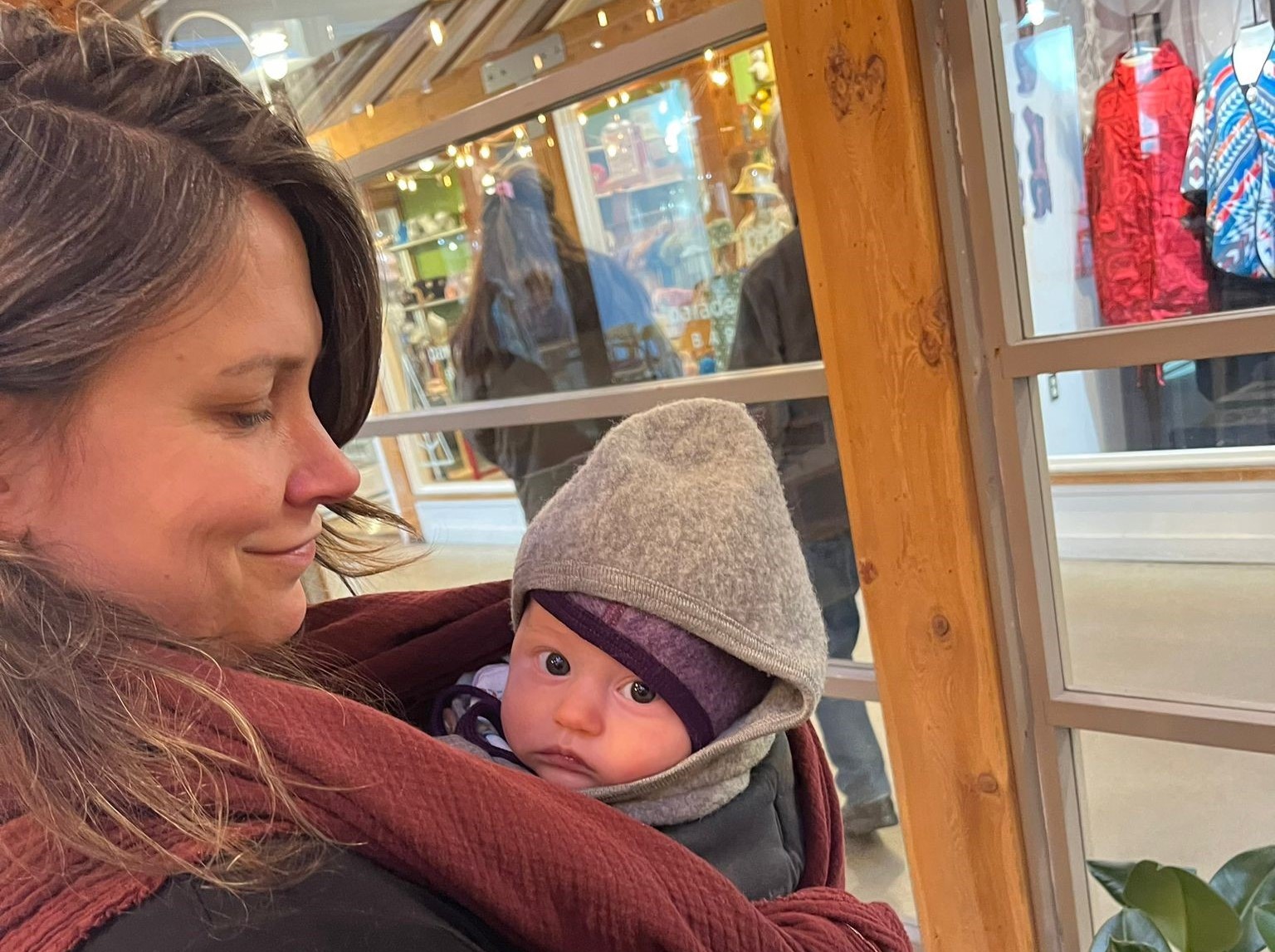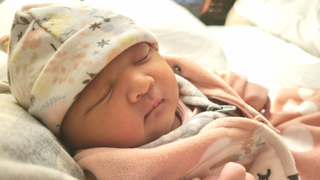Sudden, unexpected infant death during sleep is one of the leading causes of postnatal death among infants under one year of age in Canada. We acknowledge those who have experienced the tragic loss of an infant from miscarriage, stillbirth or death in infancy. Resources for loss and grief are available on the Public Health Agency of Canada website.
The theme for Safer Sleep Week 2024 is Decorate the room, not the crib. Put safety ahead of style. Infant pillows, blankets and padded items in cribs pose a suffocation risk.
"There is no one sleep practice that completely eliminates the risk of sudden, unexpected infant death during sleep, but there are evidence-based recommendations that health-care providers can share with families/caregivers to help guide their infant's sleep environment and surface with safer sleep options," said Lea Geiger, Provincial Clinical Coordinator, Maternal Infant Health.
Here are key evidence-informed practices for a safer sleep space:
- When putting your baby down to sleep: put them on their back to sleep at nap time and bedtime.
- Have your baby sleep on a separate surface in the same room as you/caregiver(s) for the first 6 months of life. This is called 'room sharing' and it reduces the risk of sleep-related infant death.
- Use cribs/cradles/bassinets that are approved by Health Canada (including a bassinet that attaches to a playpen).
- Choose a surface that is firm, flat and free of objects (no bumper pads, baby wedges, pillows, heavy/weighted blankets, quilts, comforters or toys). These products may increase a baby's risk of suffocation and entrapment.
- If a safe sleep surface for your baby is not available, a baby box, like a drawer or laundry hamper, is a good back up and prevents your baby from sleeping in an unsafe place.
- Never place babies alone on an adult bed, recliner or couch.
- Keep the room at a comfortable temperature so it is not too hot and baby is not swaddled or wearing a hat.
- Sleeping in a house that is free of tobacco, vape and other substance smoke.
Conversations about infant sleep are encouraged to occur using a harm reduction approach that is person- and family-centred, trauma-informed and culturally safe. These conversations will reduce the risk of harm and promote evidence-informed safer sleep practices that support parents' responsibility and agency over their and their baby's health. See the Cultural Safety & Humility section of the Hub for the 6 Key Principles of Cultural Safety and Cultural Humility and the 4Rs of cross-cultural dialogue.
The links below provide current, evidence-informed resources:
 "Follow your instincts and do your research! You might receive a lot of well intentioned – but potentially outdated – advice from people who aren't up to date on the latest safety standards." - Marlee McGuire, Senior Leader, Provincial Digital Solutions
"Follow your instincts and do your research! You might receive a lot of well intentioned – but potentially outdated – advice from people who aren't up to date on the latest safety standards." - Marlee McGuire, Senior Leader, Provincial Digital Solutions
Marlee applied teachings she received from an online prenatal class through her maternity care provider:
- I ensured the second-hand bassinet a friend gave me did not have any safety recalls and was certified as 'sleep safe' in Canada. A lot of products on the market in the United States do not meet Canadian sleep safety standards.
- I placed the bassinet beside my bed in my bedroom, making sure that there was a couple of feet of space on each side of the bassinet to ensure air flow.
- I made sure that the sheet on the bassinet mattress was tightly fitted (the bassinet came with a very loose fitted sheet so I had to buy a new one).

“My
wife and I did a lot of research to ensure we were up to date on keeping Madeleine’s
sleep space safe. We dressed her in a onesie to stay warm and we didn’t swaddle.” - Vinay Nand, Director, Program Management, Operations & Project Support, Provincial Digital Health and Information Services
.jpg)
"My wife and I stuck to the hospital and family clinic's advice, keeping the bassinet bare and using a sleep sack instead of swaddling." - Alan Worsley, Interim Manager Communications, BC Children's Hospital Research Institute.
When it comes to sleep, your baby's sleep environment is always important – day or night. Some sleep practices are safer than others.
- For additional guidance on safe sleep, visit the newborn care page of the Perinatal Services BC
- Access resources at HealthLinkBC:

